Dan Brown's Origins Chapter 6 Synopsis
Hello to everyone!! I know its been months, but I hope to be back more often now. Consistency is what I hope for the most, but I will take what I get. With all that said, I'm just gonna pick up this series right where I left off with it.
Chapter six started by Winston speaking of the largest painting in the museum. Like most other guests, Langdon doesn't notice the painting. Winston directed Robert's attention to the floor where Langdon found a canvas with a single color, a monochrome field of deep blue. The painting was created by Yves Klein and has a nearly six thousand square foot perimeter. Its became better known as the The Swimming Pool.
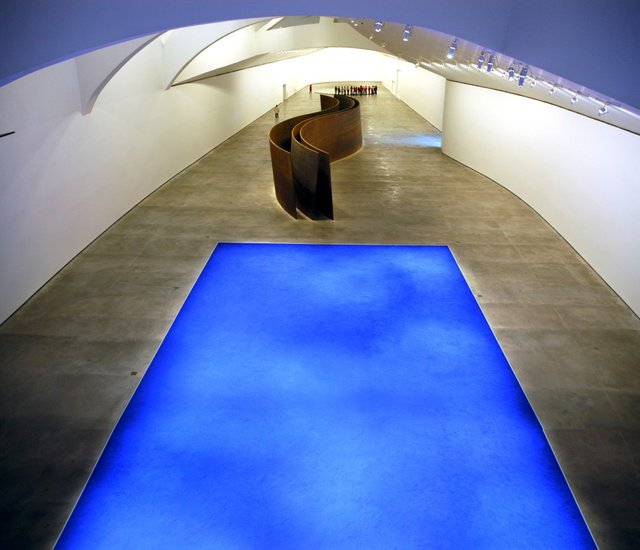
-(The Swimming Pool, An Image From Here)
Winston continued explaining that Yves invented this shade of blue, International Klein Blue, and that it, "claimed its profundity evoked the immateriality and boundlessness of his own utopian vision of the world." Furthermore, Klein was known for his blue paintings, but also for a trick photograph called Leap into the Void, which depicted a well dressed man diving from a high building. In actuality, the picture had been retouched by a razor blade.
We learn further from Winston, Klein composed a musical piece he called Monotone-Silence. The first movement consisted of a single d chord played continuous for twenty minutes. The second movement consisted of the orchestra sitting completely still, not moving, for twenty minutes, while three naked women slathered in blue paint, rolled over a canvas.
Robert admitted to Winston, he doesn't really understand modern art. Winston told him that instead of the skills of the classists, its more about the idea, rather than the execution. The fog sculpture was a perfect example of conseptual art. The artist had the idea, but it was the local plumbers that actually created the piece. He even told Robert that the fog was a criptic tribute to the museum's archetect. Winston corrected Langdon's answer of Frank Gehry to Frank O. Gehry (just in case you missed it, the initials spell F.OG.)
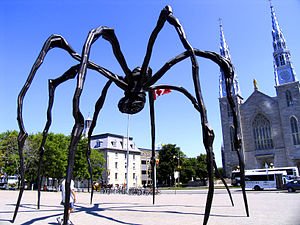
-(Maman, An Image From Here)
Winston turned his attention to Maman, the large black widow spider sculpture near the enterance. Langdon doesn't seem interested, saying he's a classist. Winston then suggested Robert should use Maman in his classroom as a perfect example of classical notation of juxtaposition.
Missing Winston's point, Langdon said he will stick to the David. Winston gave a thorough description of David, holding a flaccid slingshot representing a feminine vulneribility, but contrasted by David's eyes, radiating a lethal determination, and having bulging muscles and veins ready to kill Goliath. Its both delicate and deadly.
-(David, An Image From Here)
Winston tried to convince Robert there is no difference between David and Maman. He pointed out the opposing archtypical principals. A black widow can be a dangerous creature, that will capture its prey in its web, then kill it. Contrary to that, Maman is depicted with a bulging egg sac getting ready to reproduce soon, making her both protector and progenitor. Her body balanced high by impossibly slender legs conveyed not only strength, but also a fragility. When Winston finished, Langdon had to concede that he had a valid arguement.
Winston ended Langdon's tour with an Edmund Kirsch original. Robert was surprised, not knowing Edmund was an artist. Winston led him to a large, spacious alcove crowded by some other guests. A large slab of dried mud had an image carved into it.
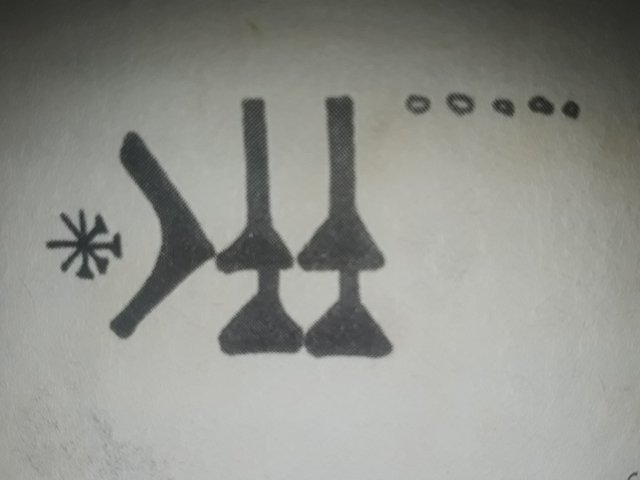
(Image Taken From The Book, Image Is Upside Down)
The crowd was having trouble understanding the purpose and meaning of the display. Langdon quickly deciphered the code, and allowed the teacher to take over. He explained that Kirsch had used cuniform, the oldest known written language. The three heavy marks in the middle said fish in Assyrian. The symbol to the right depicts a mouth gaping wide, while the other two symbols look like its scales. Langdon moved on to the dots ahead of the pictogram of fish. He explained that Edmund used the dots to depict footprints, representing the evolution to the fish. The final symbol to the right that looks like an asterisk is one of the oldest symbols for God. Langdon finished by saying its a play on the Darwin fish, evolution consumes religion.
As Robert walked away, Winston congratulated him on the impromptu lecture for everyone, saying Kirsch would be proud. Few people decipher the code, but thats what Robert does, symbology. Winston soon informed Robert there is an area he was supposed to show only to Langdon. Winston instructed Langdon carefully through the museum to a cordoned off entryway. After slipping through one door, Langdon found the next door that had the keypad. After he entered a six digit code, he pushed his way through the door.
Langdon stood in the darkness, while Winston started bringing up the lights. As the lights brightened and illuminated the room, it began to ressemble an airplane hanger. Massive forms began to take shape out of the floor. Not understanding still, Langdon asked what was he looking at? Winston replied that it was The Matter of Time, the heaviest piece the museum had, weighing over two million pounds.
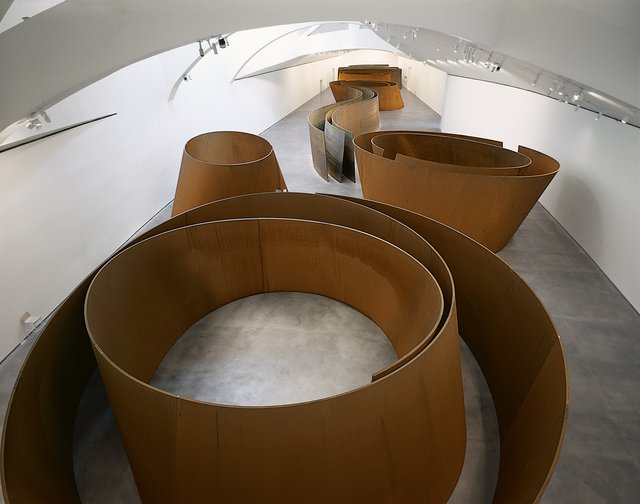
-(The Matter of Time, An Image From Here)
Langdon still was lost as the lights came completely on. He could just look on in bewilderment. The chapter ended with Robert thinking to himself, that he had just entered a parallel universe.
.jpg)
-(An Image From Here)
This chapter brings us closer to the many works of art at the Guggenheim Museum. All the works I mentioned throughout the post are real works of arts. This makes Brown's stories more realistic, more personal, and more plausible.
We, as readers, see Langdon's first use of symbology while decoding the cuniform. We also begin to see the repitition of Edmund Kirsch's mantra of sorts. Evolution consumes religion. This seems like an idea that will play a much bigger role as the book progresses.
What is this last destination Winston takes Robert to? Why is it significant? Why was only Robert allowed to see this hanger like room?
These are a few questions I asked myself when I finished the chapter. Stick around. Im hoping to cover a chapter a day.
Thank you all for taking the time to follow along. Until next time,
-Bran the Builder
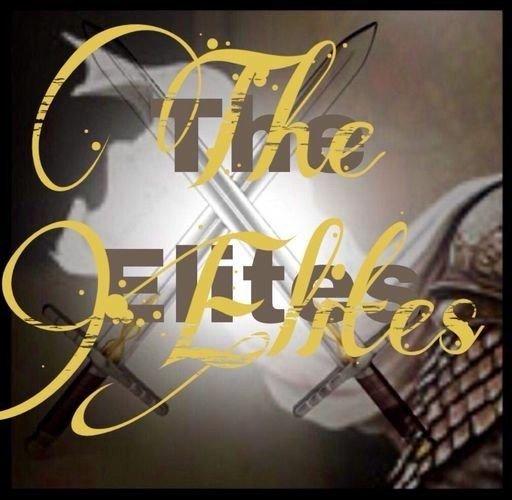
-Use Me As A Referral At Smartsteem!
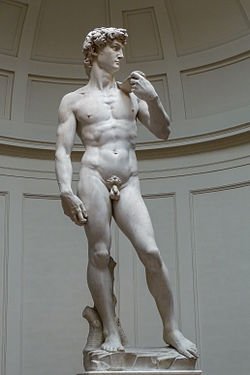
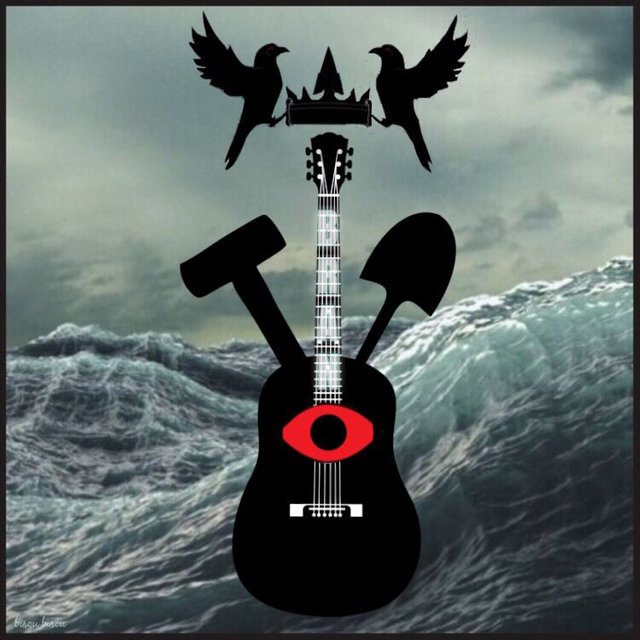

Just as it was a nice touch for Mr Dan Brown to use actual art, it was a great touch for you to use the actual images. Another great synopsis.